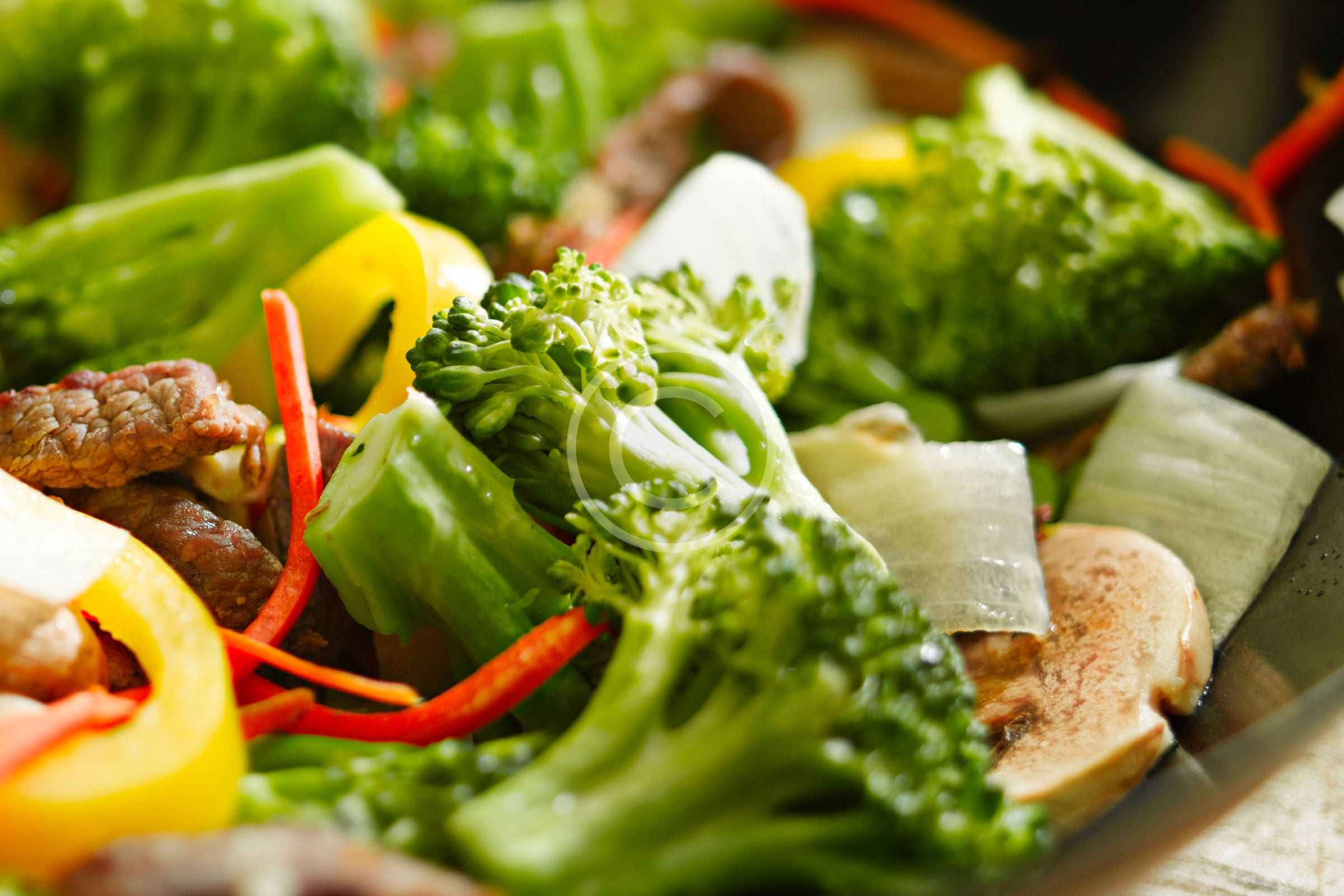The Paleo diet, also known as the “caveman diet,” is based on the idea that humans should eat the same foods that our ancestors did during the Paleolithic era, which lasted from approximately 2.5 million to 10,000 years ago. The premise of the diet is that our bodies are not well-suited to the modern diet, which is high in processed foods and refined sugars. By returning to the foods that our ancestors ate, the theory goes, we can improve our health and well-being.
So, what can you eat on the Paleo diet? The diet is centered around whole, unprocessed foods, including:
- Meat, fish, and poultry
- Fruits and vegetables
- Nuts and seeds
- Healthy fats, such as olive oil and avocado
Foods that are not allowed on the Paleo diet include:
- Grains, such as wheat, rice, and oats
- Legumes, such as beans and lentils
- Dairy products
- Processed foods and added sugars
The reasoning behind the exclusion of grains and legumes is that these foods were not widely available to our ancestors during the Paleolithic era and can cause inflammation in some people. Dairy products are also excluded because they were not part of the human diet until the development of agriculture, and they can be difficult to digest for some people.
One of the main benefits of the Paleo diet is that it is high in nutrient-dense foods and low in processed foods, which can help improve overall health and reduce the risk of chronic diseases such as heart disease and diabetes. The diet also encourages the consumption of healthy fats and protein, which can help with weight loss and muscle building.
It’s important to note that the Paleo diet is not without its criticisms, as some experts argue that there is not enough scientific evidence to support the idea that it is more beneficial than other types of diets. And, like any diet, it’s important to work with a healthcare professional before starting it, especially if you have any pre-existing health conditions or dietary restrictions.
If you’re interested in trying the Paleo diet, start by incorporating more whole, unprocessed foods into your diet and gradually cutting back on processed foods and added sugars. It may take some time to adjust to the new way of eating, but with a little patience and determination, you can start to see the benefits of this ancient way of eating.


